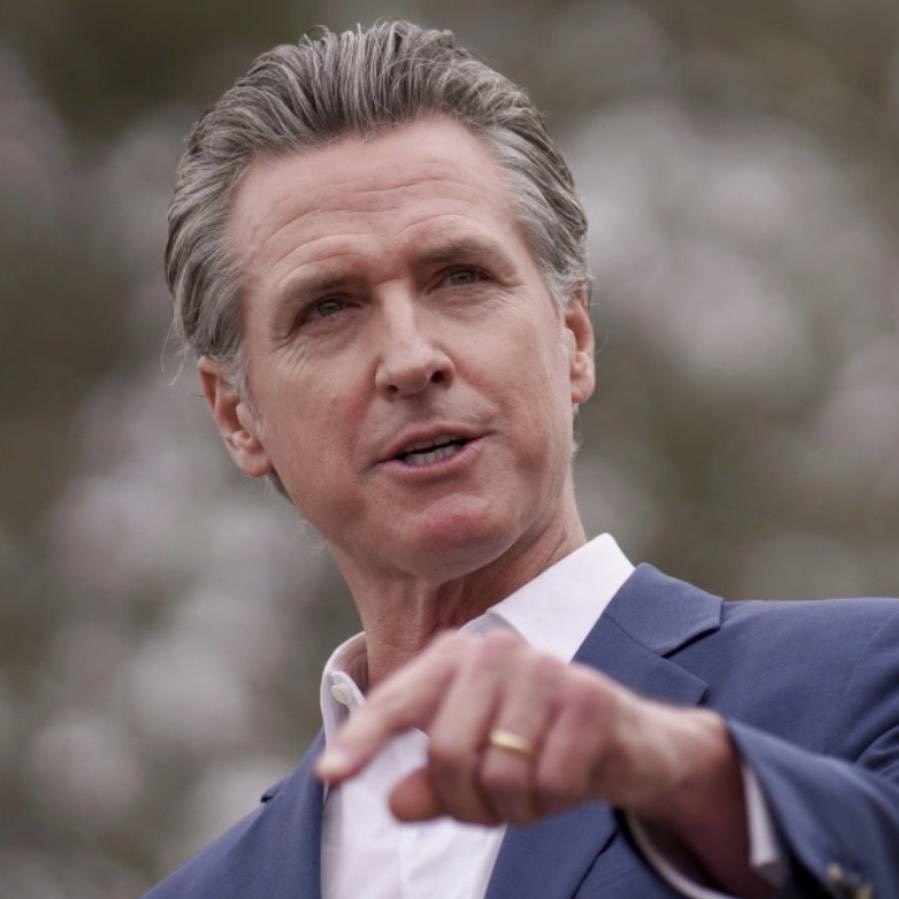
California Governor Gavin Newsom has proposed holding a special election on November 4, 2025, to address changes to the state’s U.S. House congressional map. The announcement comes amid ongoing discussions over redistricting and the allocation of political representation following the latest census data. While the proposal has sparked debate across the political spectrum, Newsom and his administration emphasize that the process is intended to update and clarify district boundaries in response to population shifts.
Under California law, redistricting typically occurs every ten years following the U.S. Census, with the goal of ensuring equal representation based on the latest population data. The special election proposed by Newsom would allow voters to weigh in on specific changes to the congressional map, effectively giving the electorate a direct role in shaping district boundaries. Supporters argue that involving voters in the process enhances transparency and accountability, particularly in a state with a complex and diverse demographic landscape.
Critics, however, have raised concerns about the timing and potential political implications of the election. Some political analysts suggest that changes to the map could influence the partisan balance of California’s delegation to the U.S. House of Representatives. Opponents have called for careful scrutiny to ensure that any adjustments do not unfairly favor one party or group, emphasizing the importance of maintaining fair representation in accordance with the principles of democracy.
Governor Newsom’s proposal also highlights broader debates about redistricting and the role of state executives in the process. While independent commissions are responsible for drawing congressional maps in California, the proposed special election represents an unusual step in which voters could directly approve or reject specific map changes. Proponents argue that this approach could serve as a model for citizen engagement in redistricting, providing a more participatory form of democracy.
Legal experts note that implementing such an election would require adherence to a range of state and federal guidelines, including deadlines for candidate filing, voter notification, and ballot preparation. Election officials would also need to coordinate closely with local jurisdictions to ensure a smooth and legally compliant process. The logistics of holding a statewide vote outside of the regular election cycle present significant challenges, but supporters contend that the potential benefits in terms of transparency and voter involvement outweigh the difficulties.
The announcement has drawn responses from a variety of stakeholders, including lawmakers, advocacy groups, and political commentators. Some Democrats have expressed cautious support, noting that the proposal could reinforce equitable representation for growing communities within the state. Meanwhile, some Republicans and independent organizations have voiced skepticism, emphasizing the need for rigorous oversight to prevent perceived political advantage or manipulation.
Beyond the immediate political implications, the proposal also raises questions about voter engagement and turnout. Special elections historically experience lower participation rates than general elections, meaning that mobilizing voters will be a critical factor in the outcome. Newsom’s administration has indicated plans to launch public information campaigns aimed at educating residents about the process, deadlines, and the significance of their votes in shaping congressional districts.
As the discussion unfolds, the proposal underscores the ongoing tension between ensuring fair representation and navigating the political realities of redistricting. California, as the most populous state in the nation, carries a significant share of seats in the U.S. House, making its congressional map particularly consequential on a national scale. The outcome of any special election or map adjustments could have long-term effects on policy, party dynamics, and the overall political landscape.
Governor Newsom has stated that the proposed special election is intended to strengthen democratic participation and ensure that California’s congressional districts accurately reflect the state’s population and diversity. Whether the plan will gain the necessary support, withstand legal challenges, and achieve its stated goals remains to be seen, but it has already sparked a lively debate about governance, representation, and the mechanics of American democracy.
If you want, I can also draft a version emphasizing both political controversies and legal analysis to give the article more depth and context.




